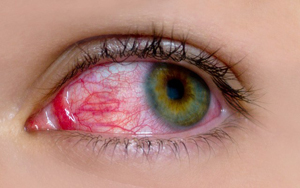Jul 5: While enjoying the rainy season, don’t forget to take care of your eyes as the climate also encourages infective microorganisms to thrive. Avoid infections like conjunctivitis, sties, dry eyes and corneal ulcers by using clean towels and more, say experts.
Uma Singh, Medical Consultant at Ozone Group, Gowri Kulkarni, Head of Medical Operations, DocsApp and Shailja Mittal, Creative Head at Zapyle, have listed ways to avoid eye problems:
* Most eye diseases are transmitted by hand-to-eye contact. Therefore, wash your hands before touching your eyes in order to reduce or prevent infection.
* Avoid rubbing your eyes as that only increases the chances of spreading the infection. Instead, use disposable tissues to wipe off the overflowing discharge or tears.
* Avoid getting wet in the rain. Always wear adequately protective rain gear.
* Be careful of dirty water, muck and dampness during the monsoon season.
* Do not use contact lenses if you have eye-irritation, red eye or any form of abnormal discharge.
* Be careful about using expired make-up around your eyes, and if using contact lenses, make sure you never share your solution or container with someone else.
* Don’t share personal products with others. Items like handkerchiefs, sunglasses and contact lenses should not be shared with others because they can carry highly contagious infections.







Comments
Add new comment